The gray squirrels’ eyes are open, but they’re in that nasty little stage of using each other as bathrooms, so they’re not real attractive at this point. By the next update, they will have outgrown that stage and will look decent enough for photos!
The gunshot female red tail’s (RT) follow-up x-ray had us all nearly dancing in the clinic. Her leg is healing beautifully!
To remind you, here’s her x-ray on intake in Dec.:
Rehabbers don’t make the decision to euthanize an animal lightly. It’s a generally touted statistic in rehab circles that some 50% of the wildlife we receive will either require euthanasia or die during the rehab process. We weigh the options carefully and sometimes delay the inevitable, hoping for a miracle. I always say that you can euthanize later if need be, but once it’s done, you can’t take it back. And every now and then, we get that miracle we hope for and watch another beautiful critter take its rightful place back in the wild. It’s my personal opinion that every release is a small miracle, and it’s my privilege to be a part of that small miracle.
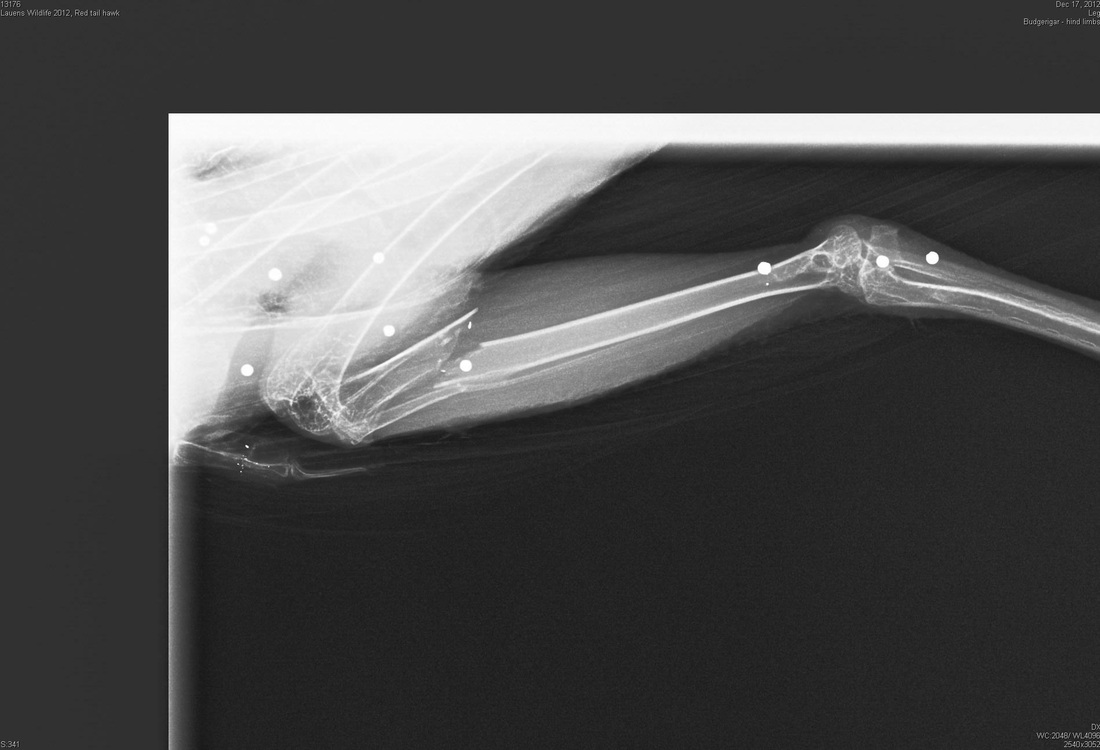
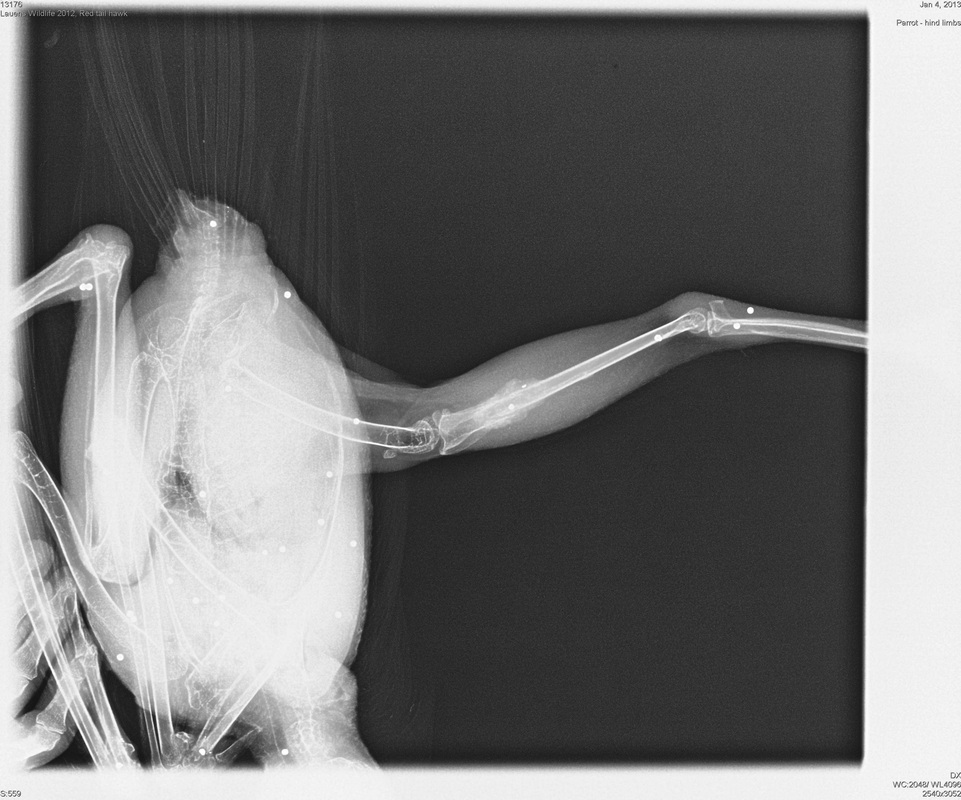
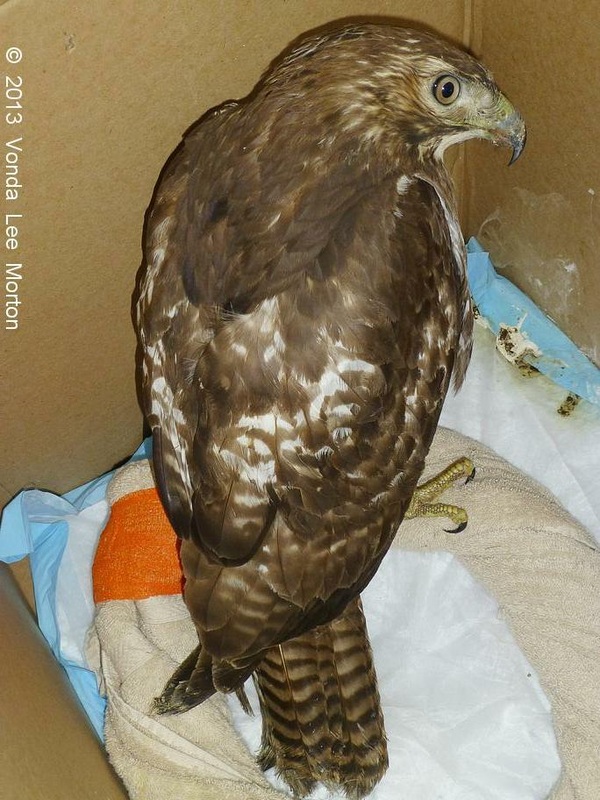
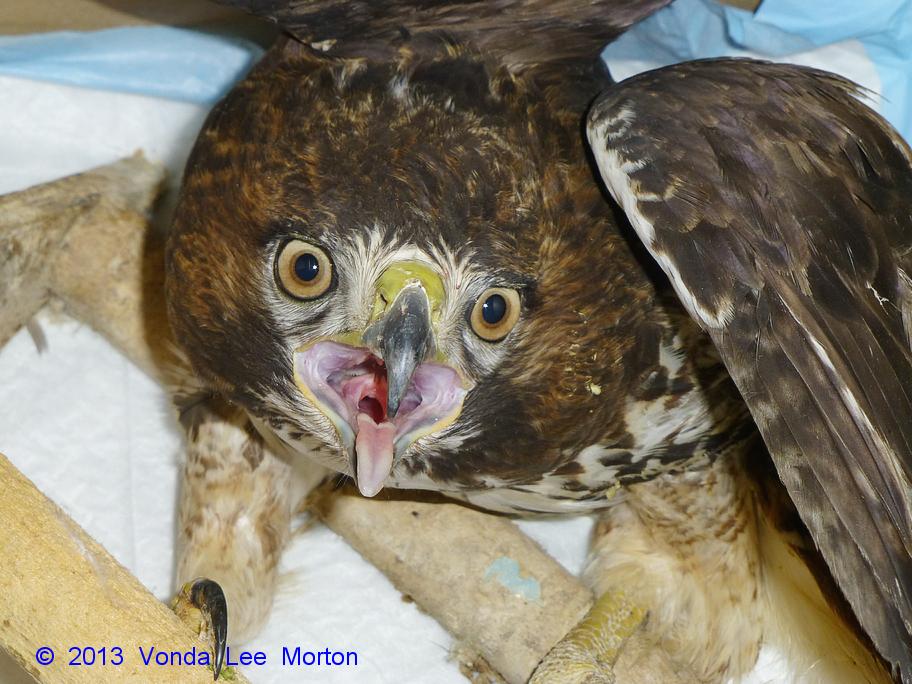
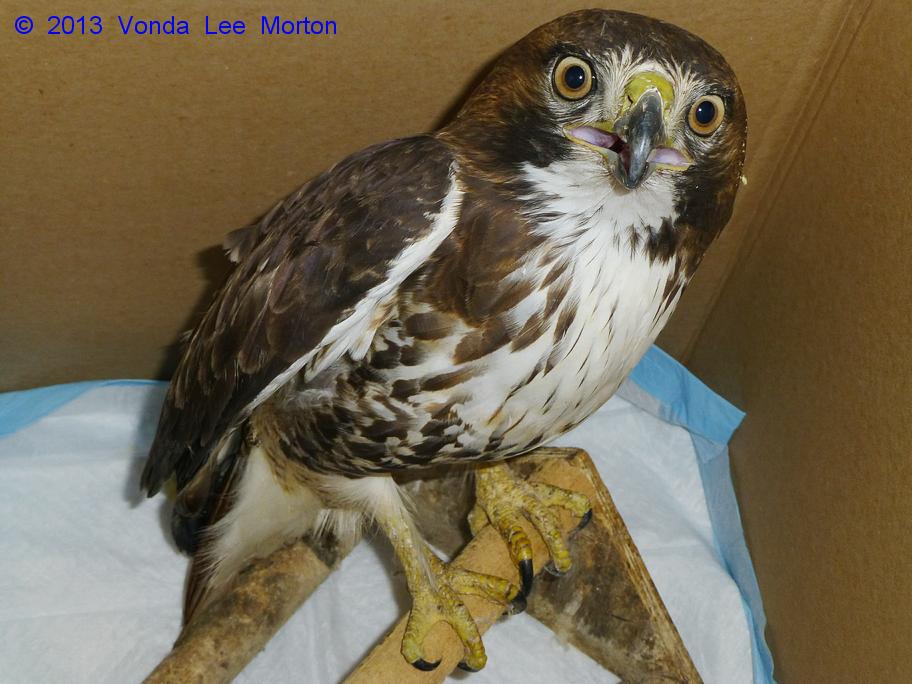
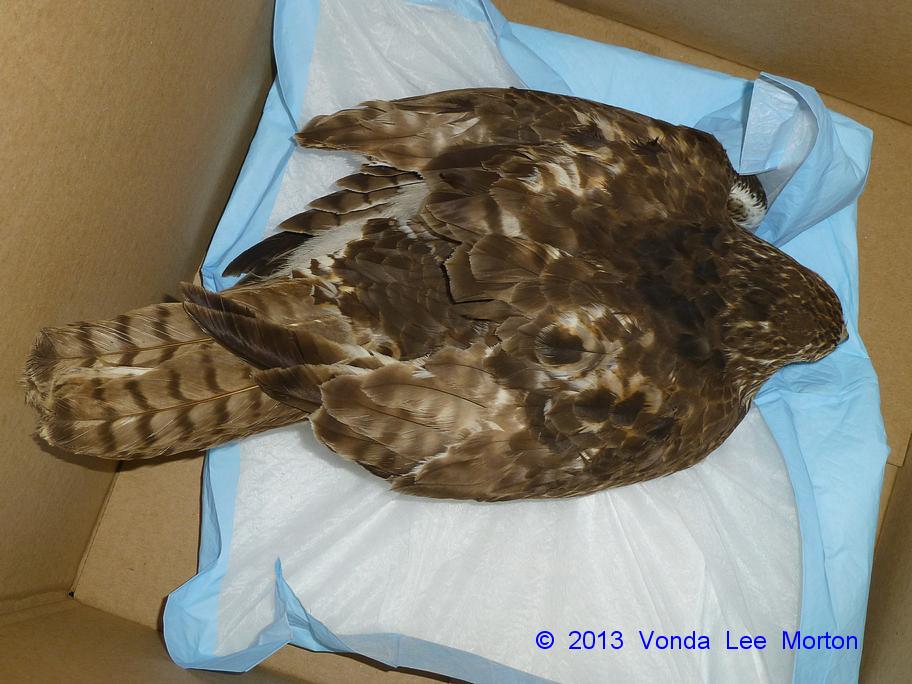
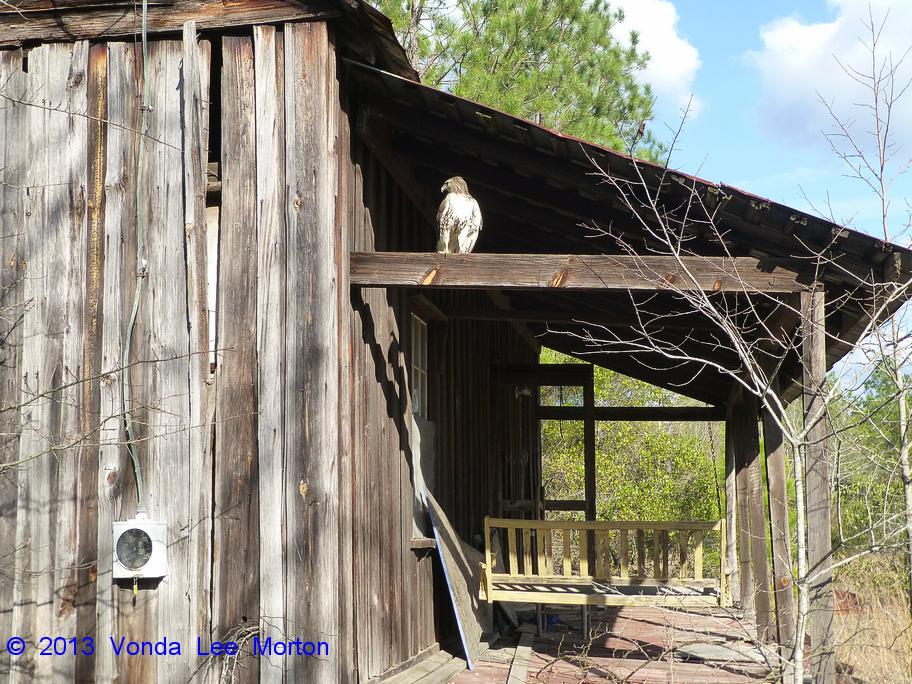
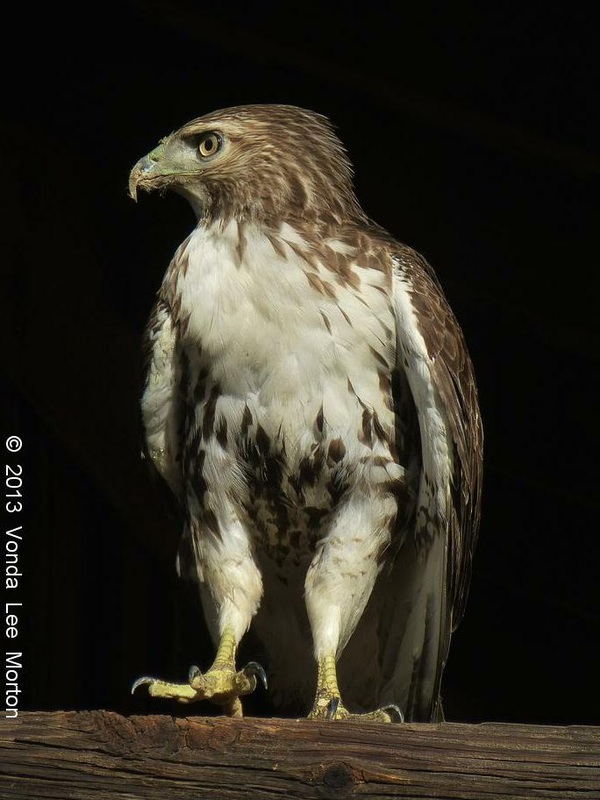
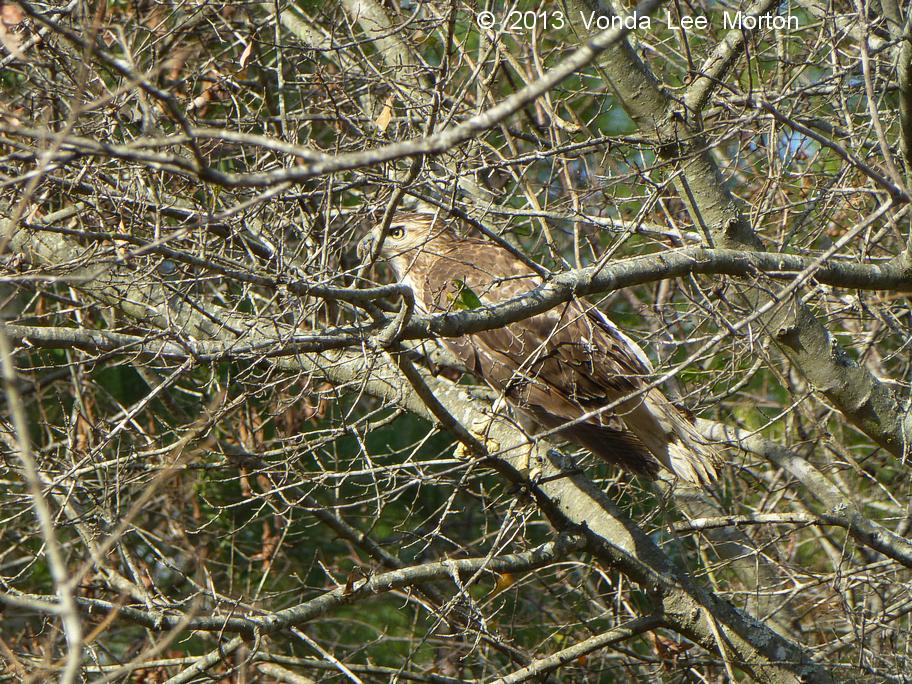
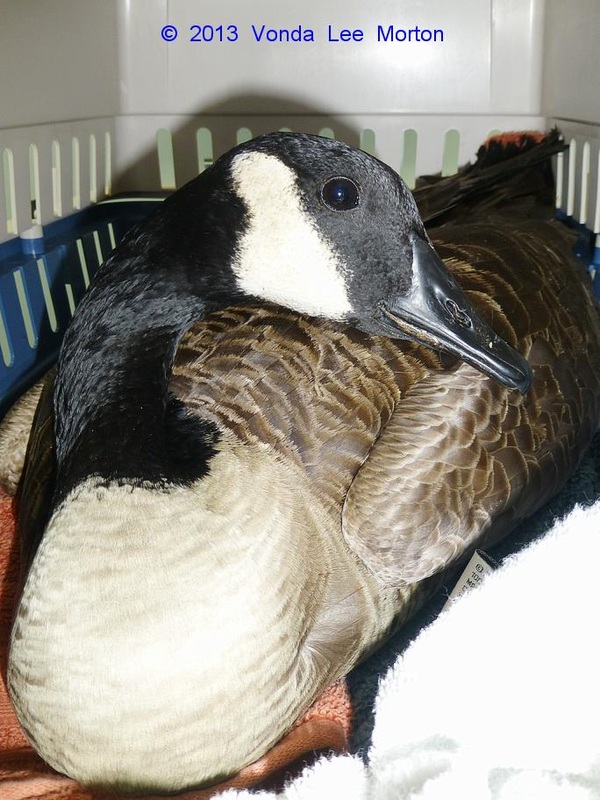
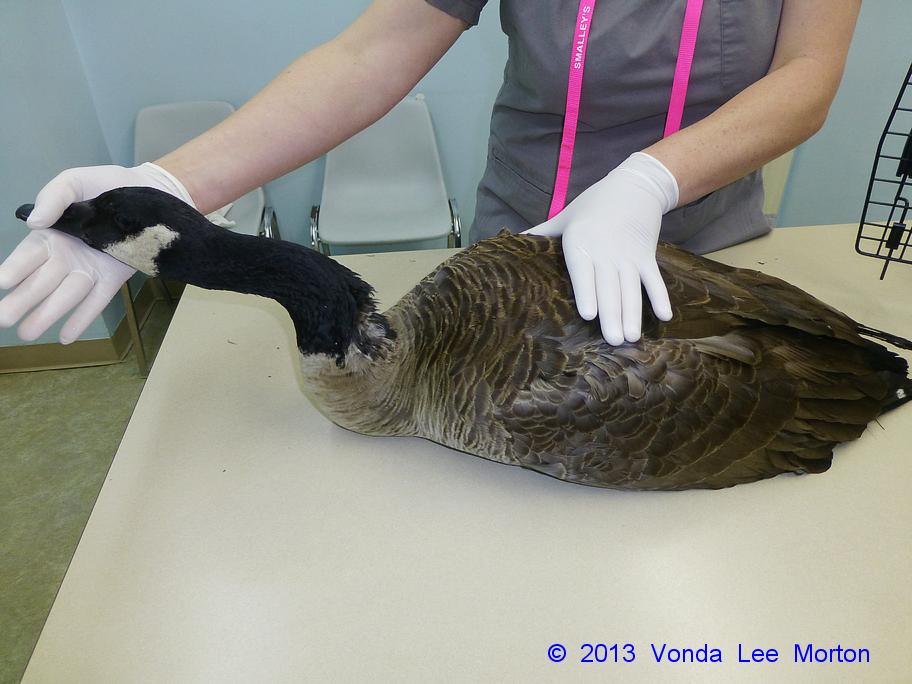
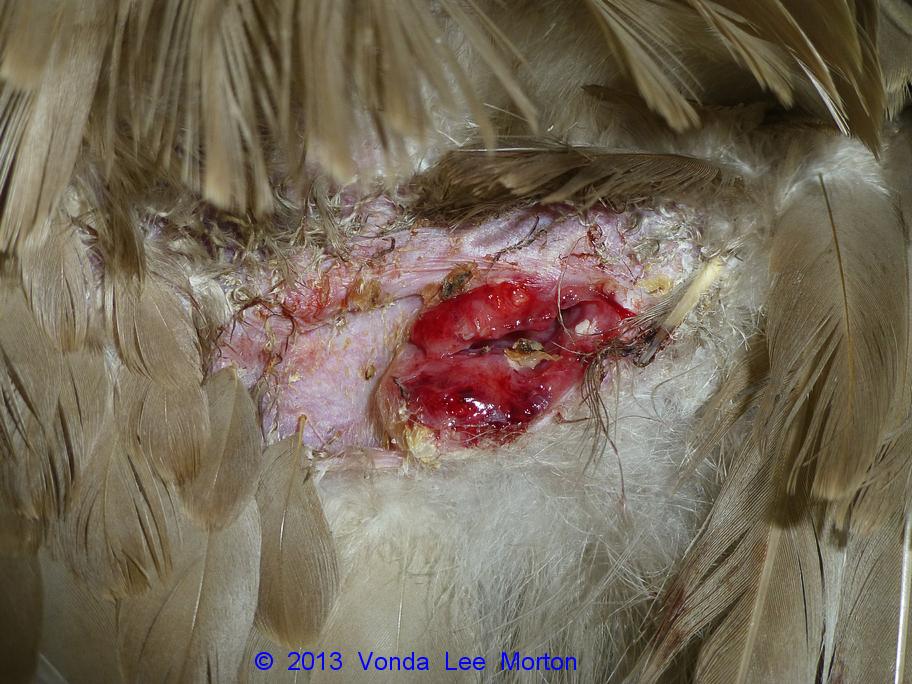
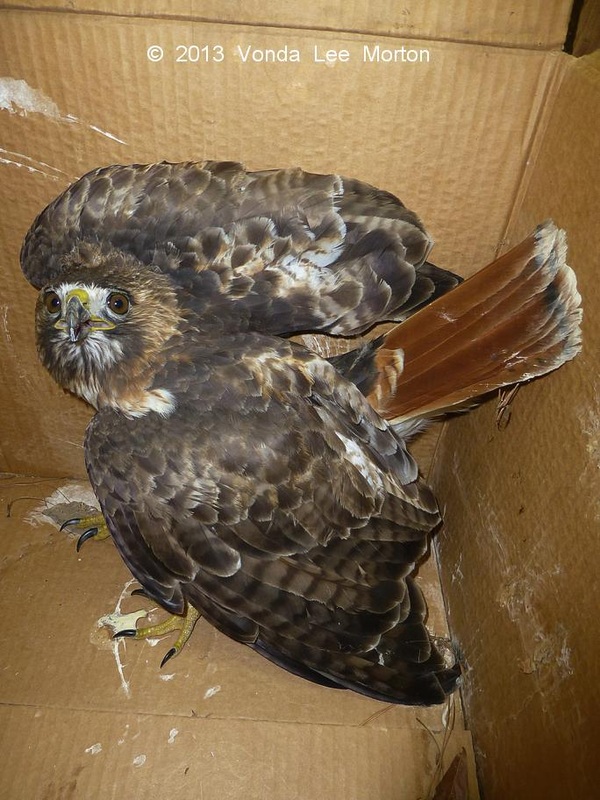
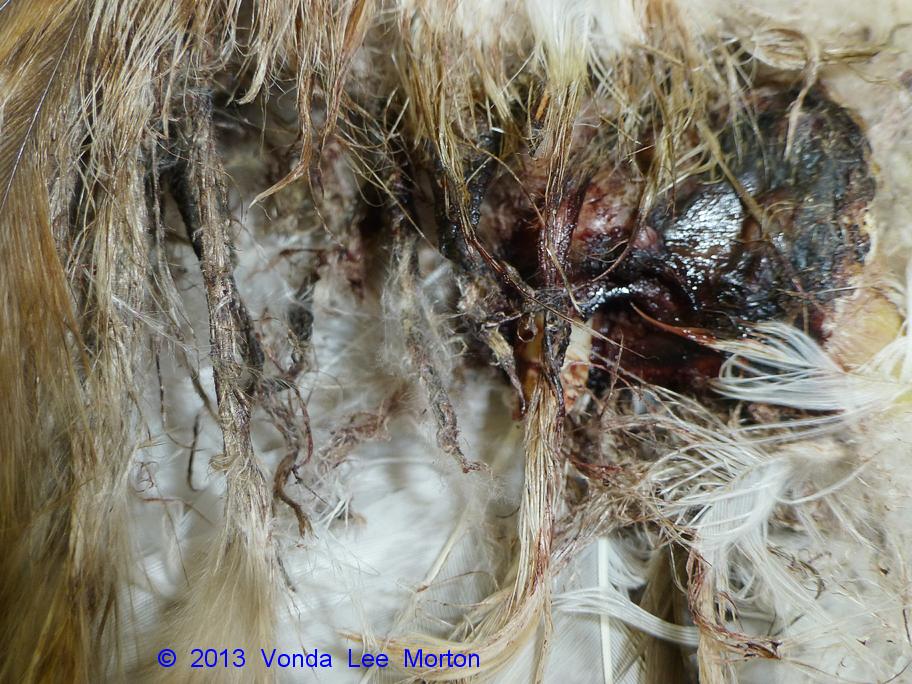
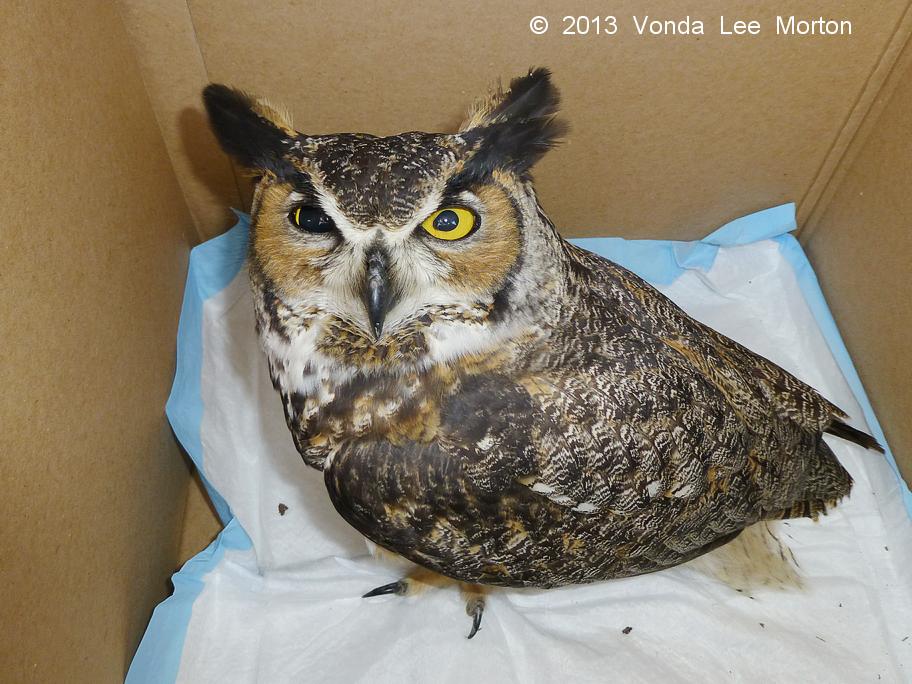
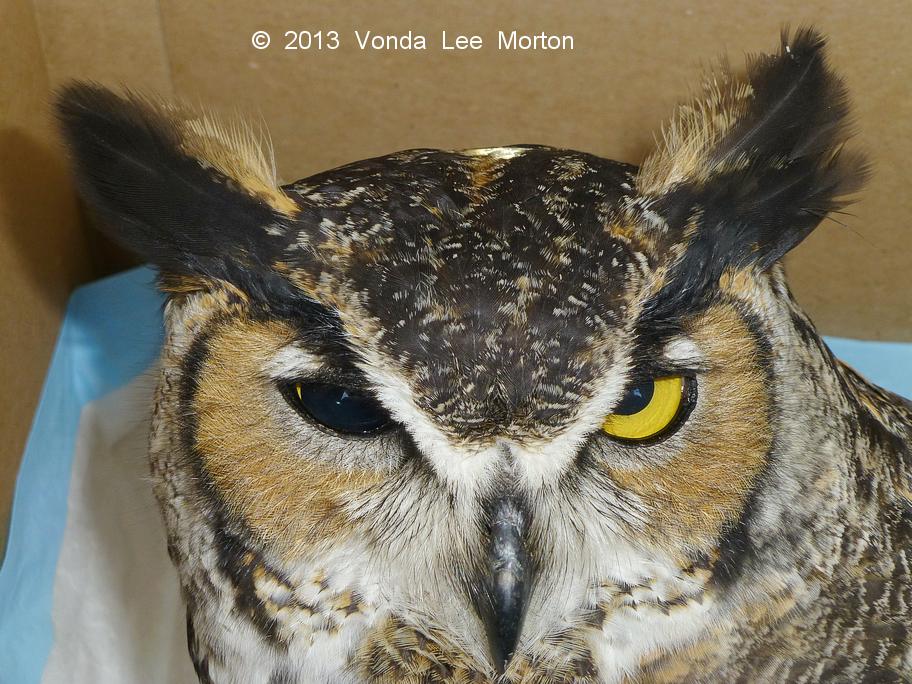

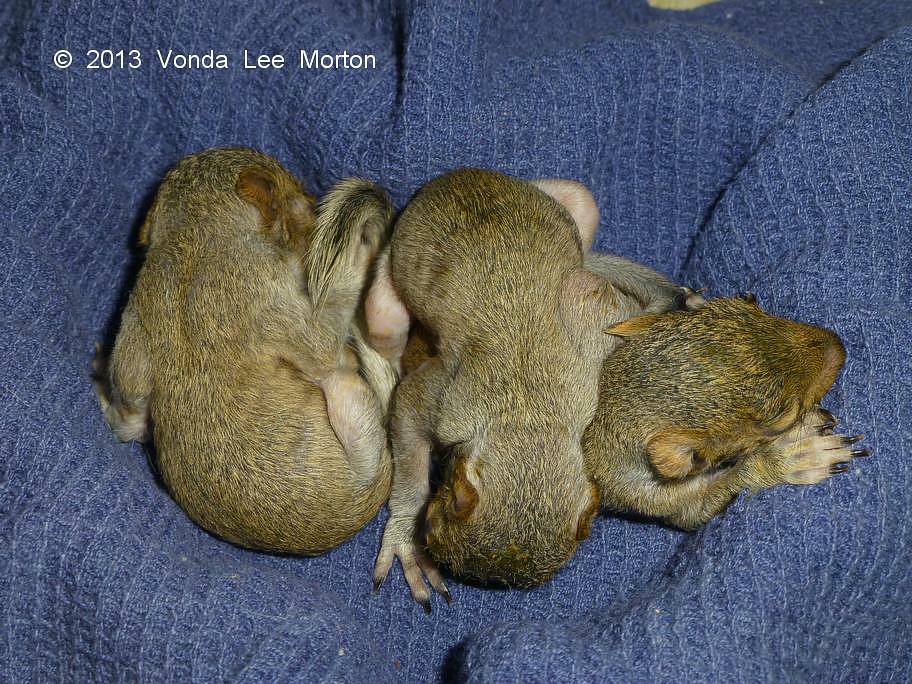
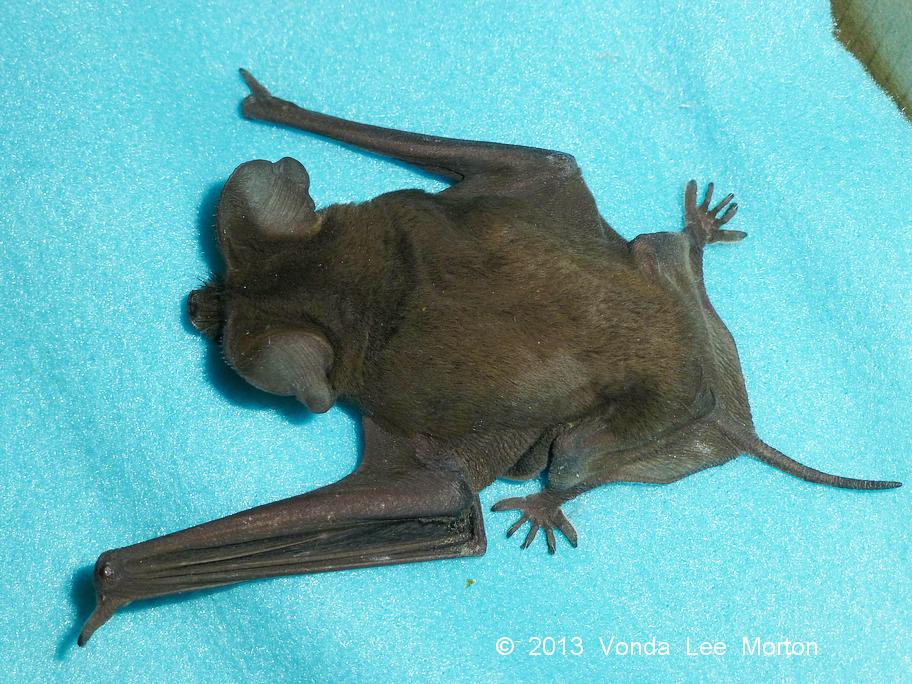
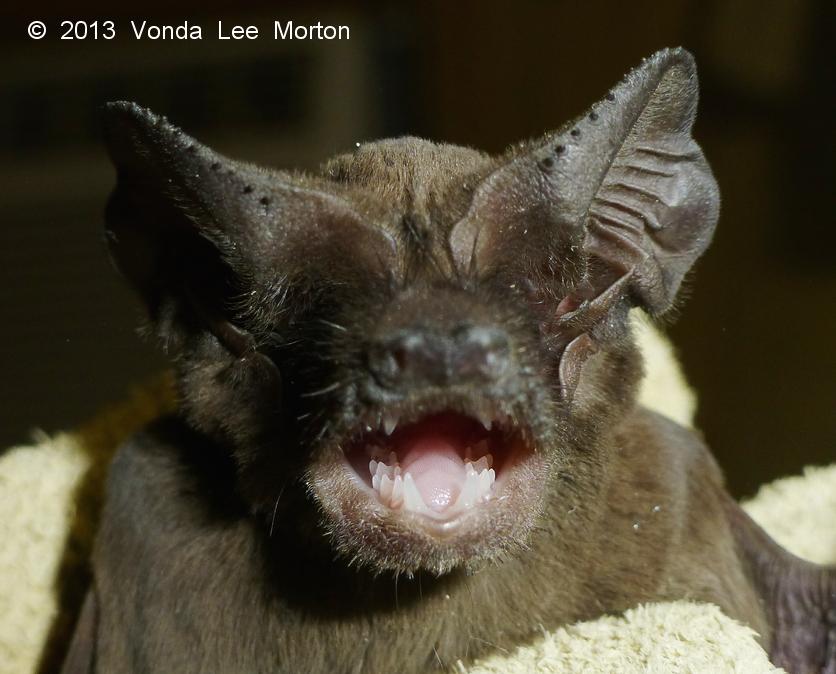

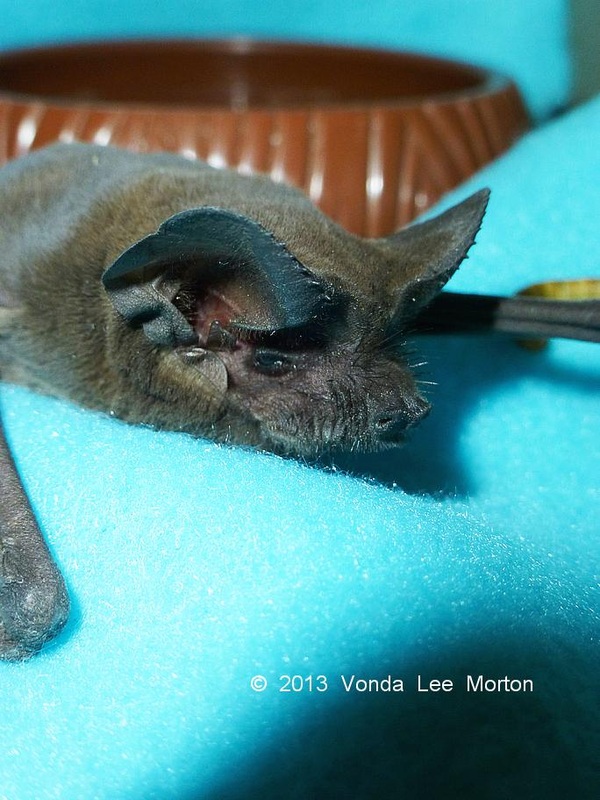
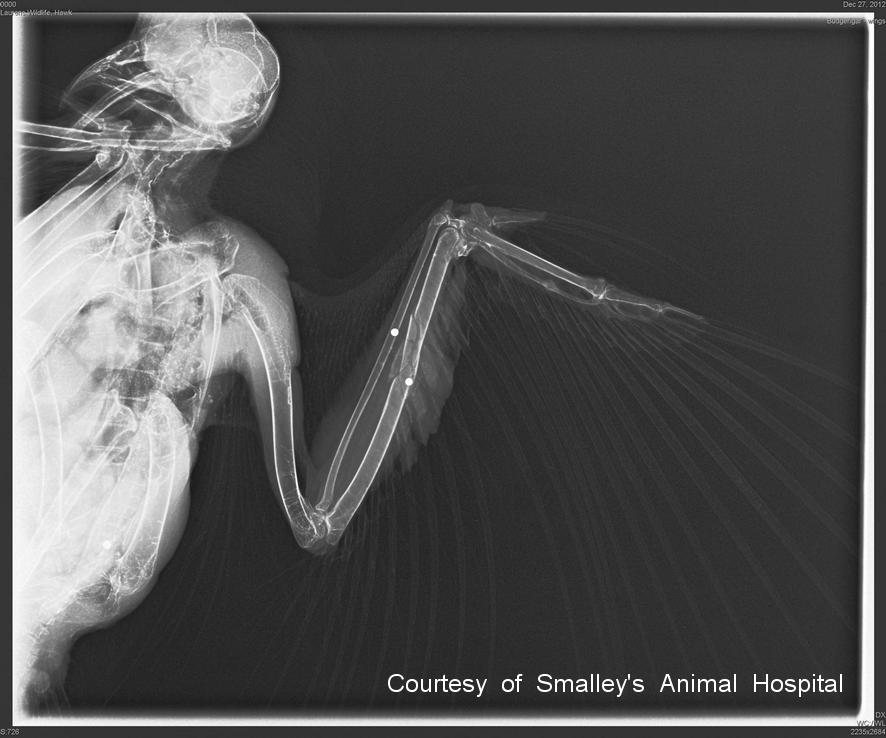
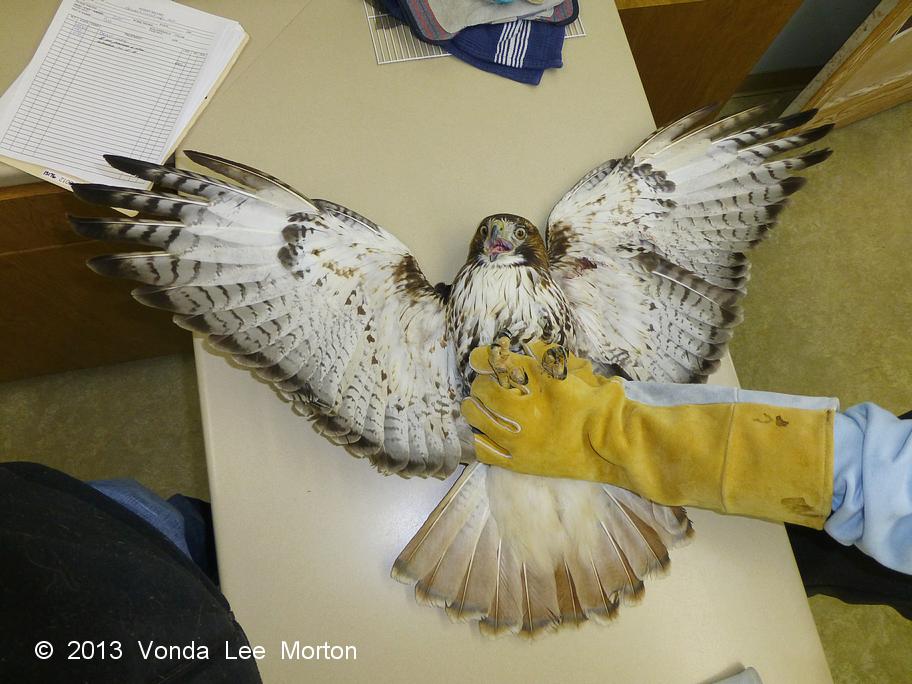
 RSS Feed
RSS Feed
